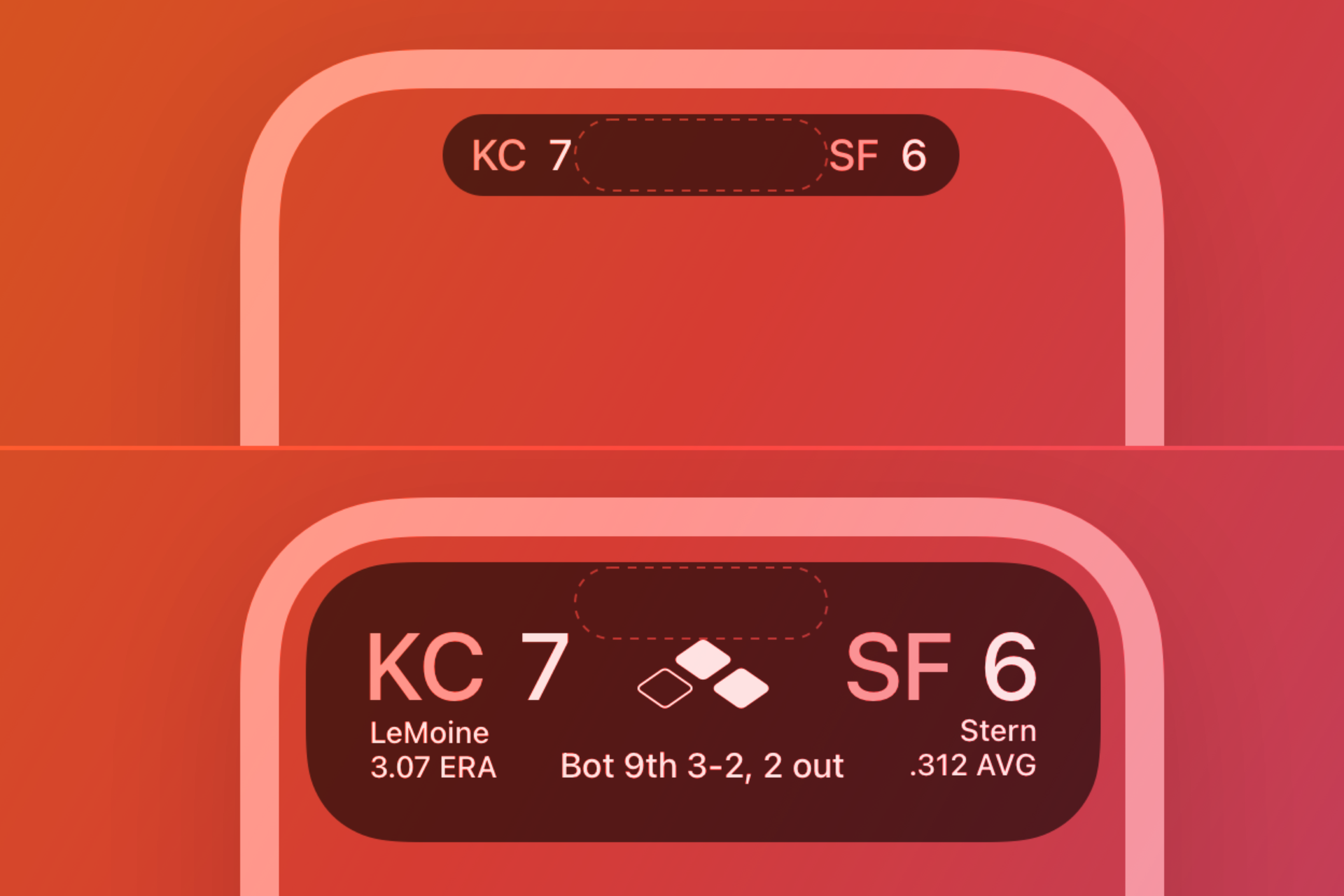
Newsletter
Newsletter
How innovative apps and events can entice young audiences from social media into a direct relationship with publishers.
15th March 2024

In the Pugpig weekly media bulletin, Pugpig’s consulting services director Kevin Anderson and digital growth consultant James Kember distill some of the best strategies and tactics that drive growth in audiences, revenue and innovation at media businesses around the world.
If you want to know more about how we are working with publishers like you, get in touch at info@pugpig.com.
Young audiences are not just mobile-first, they are mobile-only, according to the Next Gen News report from FT Strategies and Northwestern University’s Knight Lab. The audiences of 2030, as the report refers to them, live in streams of information from their friends, creators and traditional news brands.
Researchers interviewed 45 news consumers in India, Nigeria and the United States and raised the alarm about the “existing and growing gap between the news experience the next generation wants and what they’re currently being provided”.
News organisations face this challenge: balancing the needs of their subscribers, who are often older, while also building products for and relationships with younger audiences.
Apart from future-proofing their businesses, news organisations have another motivation, the researchers said: Young audiences are trendsetters and older generations often adopt their behaviours later. This is true for technology but also for news, the report says. “In 2012, younger consumers were disproportionately accessing news online using smartphones and social media,” the report says. What young audiences do now, most audiences will do in the future.
Before discussing their habits, it is important to say that young audiences still care about news, but the news they consume looks different and is consumed differently than in the past.
In 2005, Rupert Murdoch told the American Society of Newspaper Editors that his daughters were growing up as digital natives, while those making the decisions about what constituted news and how they consumed it were digital immigrants.
The next generation of news consumers are mobile natives, who “can’t remember life before the smartphone”. They carefully curate the apps that populate their home screens and context switch between tasks and contexts on their devices.
They live in a constant stream of information and interaction, switching between social media feeds, notifications, chats with friends, and aggregators. While news organisations fret over how AI might disrupt traffic to their sites, young news consumers more often search the social platforms important to them such as Reddit, TikTok and Instagram rather than use search engines.
They prefer “information-dense” short formats. It’s not just about short-form videos on social platforms, although that is a common way they consume information. They also looked to news aggregators, platforms such as Apple News or Opera Mini and country-specific apps such as Inshorts and Dailyhunt in India.
And they filter their news and information through friends, influencers and creators, and it is “(t)hese sources – not established corporate brands” that drive discovery.
Another important finding was how some young consumers interacted with push notifications. We have heard working with publishers in the Middle East that their audiences don’t open notifications but simply read them on the lock screen. That’s enough for them. The report found the same activity in Nigeria.
I can’t remember the last time I actually opened the app [Financial Times, CNN, Wall Street Journal] but the notifications are a very big part of my day, every day… maybe that’s why I actually don’t open it because if you want to read the articles you have to pay, but then if you just download it and keep it on your phone you get all the notifications and things for free.
Longji, 25, Male, Nigeria
These habits don’t lend themselves to the news consumption behaviours or products of the past. One of the goals of the research was to close the gap between the news experiences that the next generation of news consumers want and what they are getting now. Many elements of what the report called the “ideal news experience” related to editorial issues such as trust, transparency and language.
However, for publishers looking to develop apps for this mobile-only generation, there were also solid takeaways that will deliver the kind of mobile user experience that this generation expects. These include:
Pugpig research has found that personalisation has been a priority for publishers, with our 2024 report finding that personalisation was seen as an even higher priority than AI automation.
Young news consumers want personalisation, but they also want to retain some level of control and see things outside of the filters of the algorithms.
I’m only ever seeing the things that I want to see… then how am I expanding my world view and educating myself? That’s super important too.”
Margaret, 21, female, US
Some follow certain accounts or pages and block others so that they can have a better experience on social media. However, researchers said that this was a minority of young audiences because they either had a limited understanding of algorithms or weren’t aware of the controls in the platforms they used. Some audiences sought out platforms with implicit personalisation for convenience, driven by algorithms, while others sought customisation through their actions.
Using a user needs framework, the researchers developed five needs that they identified from their interviews:
This is the biggest challenge for news organisations. As the Reuters Institute 2023 Digital News Report found, across markets 43% of 18-24-year-olds said that social media is their main news source, and this has meant a decline in direct traffic traffic to news websites and apps. As we have covered many times, social media platforms are now far less likely to drive traffic to news sites.
News publishers have several ways to entice young social media audiences to develop a direct relationship with them to acquire first-party data and drive revenue.
A few things to consider as you develop your app strategy for the future:
Here are some of the most important headlines about the business of news and publishing as well as strategies and tactics in product management, analytics and audience engagement.

Newsletter
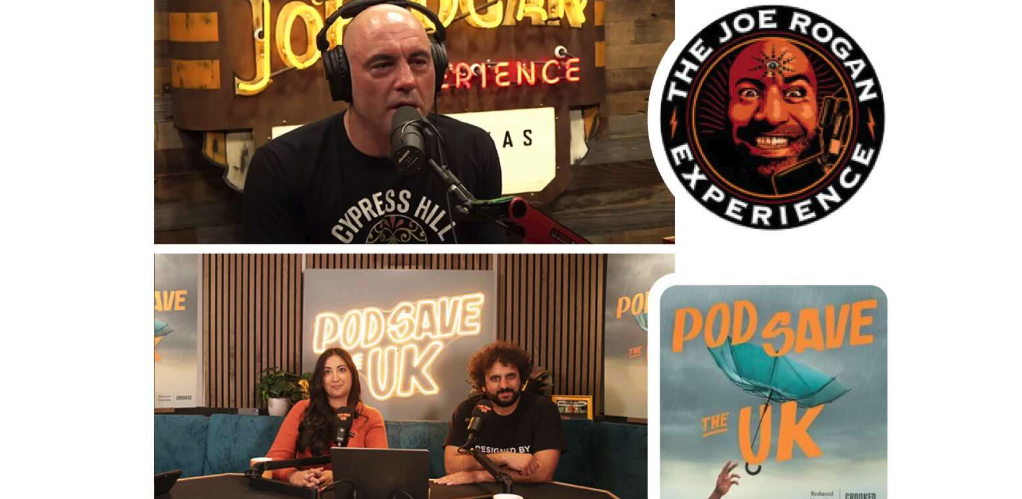
Newsletter
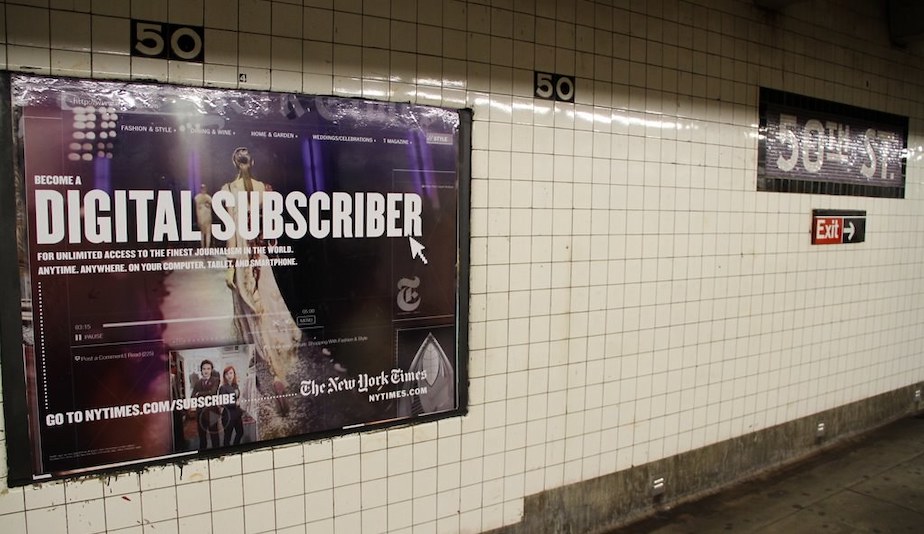
Newsletter
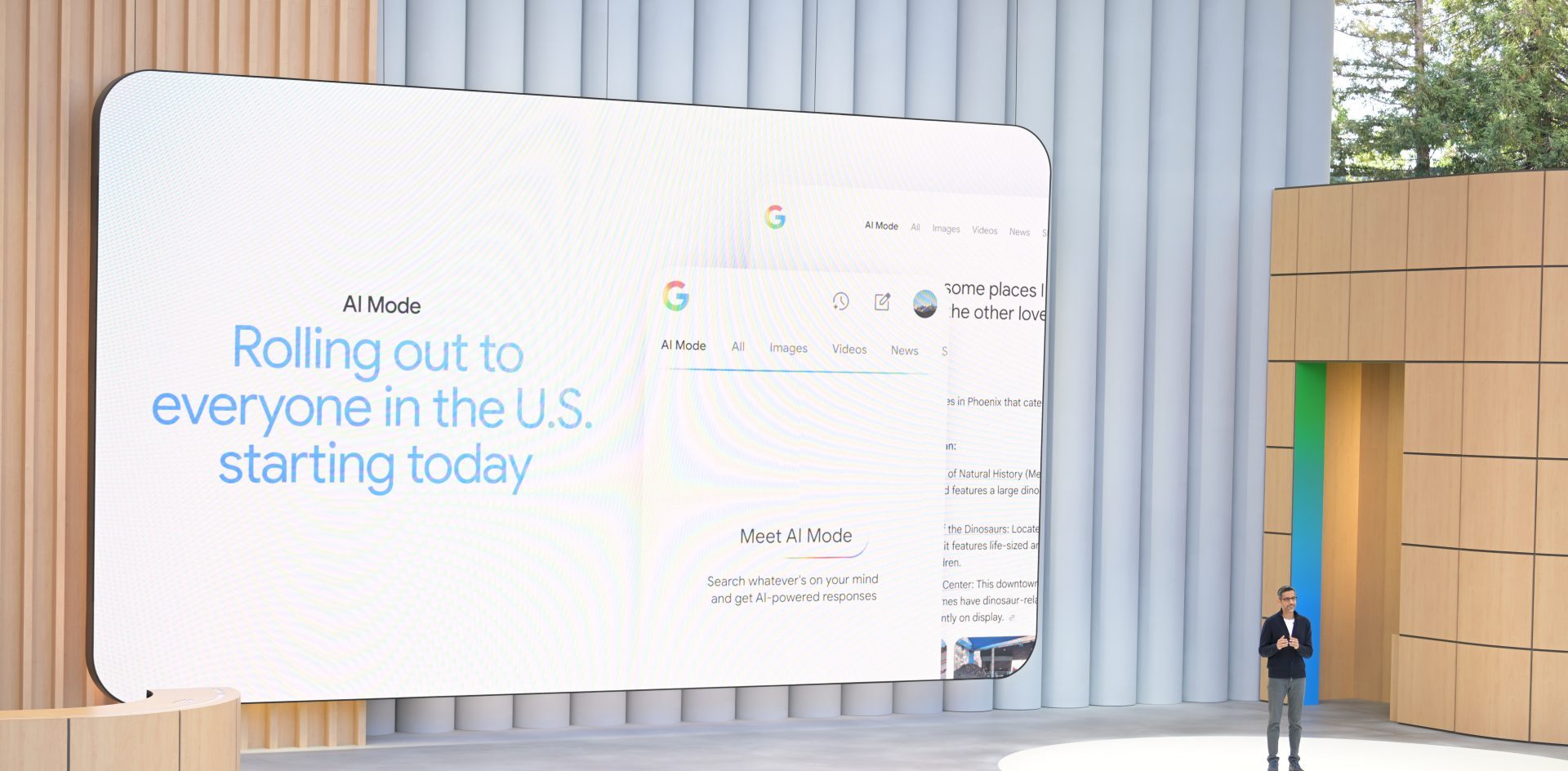
Newsletter
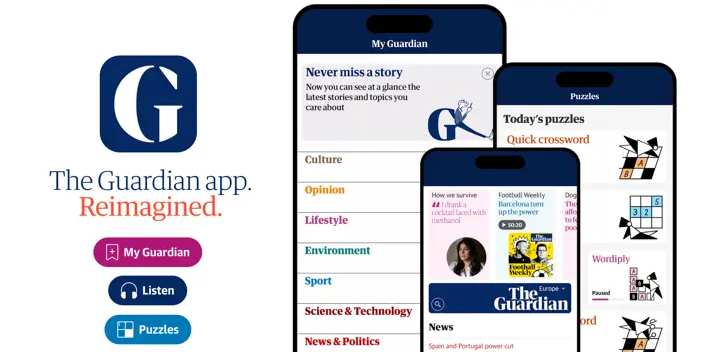
Newsletter